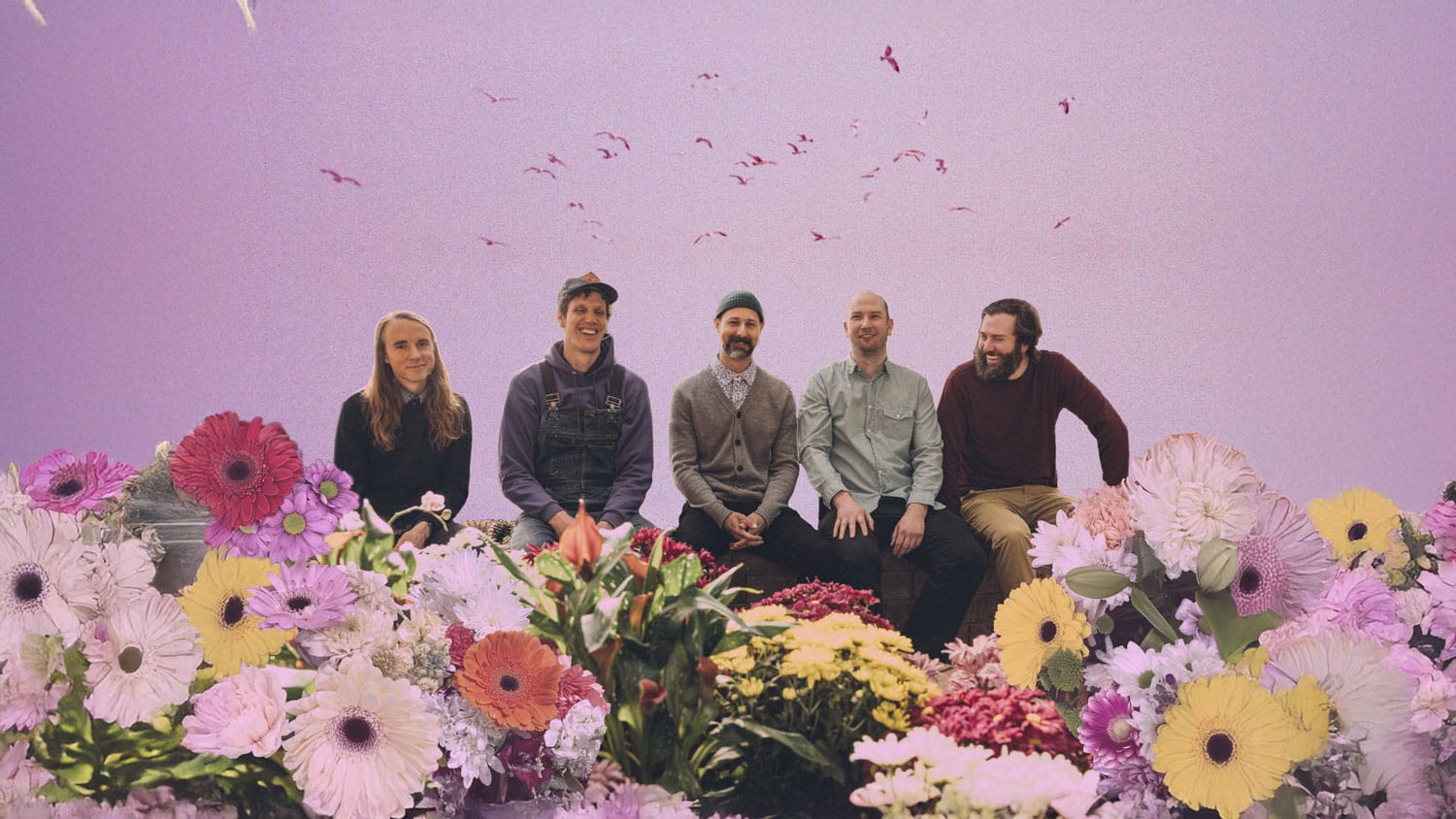Table of Contents
Andy Shauf’s Unexpected Disco Journey
Surprisingly, Canadian folk artist Andy Shauf decided to create a disco record. This choice represented a significant shift for a musician widely recognized for his intricate storytelling and the warm tones of his acoustic guitar-based music. Meanwhile, the global pandemic arrived, prompting Shauf to stop drinking alcohol. Consequently, this major life change led him to carefully reevaluate his personal and professional direction. Significantly, when he later listened to his disco project with this newfound clarity, he realized, “I don’t know what I’m doing right now.” Shauf, during the same period, was also heavily involved in the studio with his band Foxwarren.

The major reason they focused on the studio was to build up a new record after their heavenly self-titled debut dropped two years ago. They searched for music completely dominated by the organ, and The Band was a source of direct inspiration in this. Ultimately, they successfully recorded five initial song demos during this session. However, Shauf was immediately dissatisfied with these early results, describing them critically as “very flat-sounding.” Naturally, after departing from that initial recording session, he found himself feeling profoundly confused about the band’s musical direction.
Embracing Digital Innovation
Therefore, Shauf made the decisive choice to start his creative process completely over, not just once, but twice. Significantly, he abandoned both of these attempted albums entirely. Subsequently, he recognized that it was finally necessary to relax his strict, self-imposed rule about only using traditional analog instruments. “I’m a rock and roll traditionalist,” Shauf openly admits. “But it started to feel like such a strange limitation to be putting on myself.” Consequently, he committed to purchasing both a digital synthesizer and a digital sampler, firmly promising himself he would create one complete album using each instrument.
A Creative Reset
Following this commitment, the synthesizer project ultimately evolved into “Norm,” Shauf’s delicate yet unsettling 2023 solo album. Simultaneously, the sampler became the essential tool for crafting Foxwarren second full-length release, aptly titled “2.”
Fundamentally, the creation process for “2” differed drastically from any previous recording Shauf had undertaken. Instead of physically reuniting in a traditional studio with his Foxwarren bandmates – Dallas Bryson, Avery Kissick, Darryl Kissick, and Colin Nealis – the group established a shared online folder. Spread geographically across separate home studios in Canada, they continuously uploaded diverse musical contributions like song ideas, rhythmic loops, melodic fragments, and drum patterns. Crucially, Shauf then utilized the sampler extensively to creatively chop up these shared elements and meticulously stitch them back together into cohesive songs. Often, each member would individually develop a song idea as far as possible before digitally passing it along to another member, effectively operating like a continuous musical relay race.
“The process was incredibly collaborative,” Shauf explains. “For instance, I would upload a basic song idea, and then someone else might respond, ‘I hear a guitar chord here.’ They would then download the session file, add their contribution, and reupload the revised version.” Ultimately, this unique, fragment-based approach resulted in a distinct folk-rock album that was surprisingly composed using methodologies more commonly associated with hip-hop production or electronic dance music creation.
Navigating Remote Music Creation
Creating music across long distances presented significant difficulties for Andy Shauf and Foxwarren, primarily due to the absence of immediate feedback. Shauf explains that during traditional studio sessions, a weak musical idea can be identified and discarded within mere minutes. Conversely, when working alone remotely, a problematic idea might be endlessly adjusted and refined over several days before finally being shared with another person for their input.
This isolation creates a specific creative pitfall, Shauf notes. “If you don’t have someone there telling you to try something else,” he states, “you will try for days on something, and it will become precious to you.” Consequently, after investing substantial time and emotional energy into developing the idea, uploading it often leads to swift criticism from collaborators. “Then you upload it, and very quickly someone will tell you what’s wrong with it,” Shauf observes, adding frankly, “It’s frustrating.”
Solo vs. Band Lyricism

Meanwhile, the lyrical approach between Shauf’s solo projects and Foxwarren’s work reveals a clear contrast. Shauf’s own albums are typically built around strong concepts; for example, his 2016 release “The Party” meticulously unfolds over a single evening, using distinct narrators to describe specific events. On the other hand, Foxwarren’s initial self-titled album deliberately embraced ambiguity. The band crafted lyrics collectively by literally passing a single sheet of paper around, effectively eliminating any trace of individual authorship.
Introducing Narrative on “2”
However, for the band’s second album, “2,” Shauf managed to subtly incorporate more narrative structure. Specifically, he chronicled the gradual dissolution of a relationship, moving through stories about the romance and eventually into memories of it. Further, the different songs are related to each other through short lines of conversation that have been taken from an old movie, even though Shauf doesn’t want to reveal the source. “I’m not really, like, allowed to say where it’s from,” he reveals with a smile.
Evolving Musical Energy
Fundamentally, the sonic character of “2” also represents a major shift from Foxwarren debut. Most noticeably, the new album possesses a distinct, groovy buoyancy driven by slick bass lines and punchy guitar work. For instance, the track “Deadhead” opens with a sharp, funky guitar riff, maintains momentum with a steady, propulsive bass line, and even integrates flute into its insistent chorus chant: “Won’t stop dancing, won’t stop dancing.”
Additionally, the song “Dress” emerged from a particularly unexpected process. Shauf actually transplanted the lyrics and melody from one of his abandoned disco tracks onto a completely new harmonic structure. He happily describes this successful fusion as a genuine “happy accident.”
This conscious move towards a more energetic sound was a deliberate band decision. “We were proud of our first record,” Shauf clarifies, “but we know it’s a very sleepy record, and that was something we really wanted to avoid this time around.” Essentially, they aimed, as drummer Avery Kissick articulated, to produce an album that would sound fantastic blasting loudly from the speakers of a passing car.
Translating Studio to Stage
Consequently, Foxwarren now faces the complex challenge of preparing these intricately crafted studio songs for live performance, as they are set to launch a tour in August. This requires them to essentially reverse-engineer the material for the stage. Although rehearsals have already begun, Shauf openly questions their approach: “How the hell are we going to pull this off?”
Despite the technical hurdles, Shauf feels genuine excitement about reuniting physically with his bandmates. “That’s the thing we really missed while making the record, is being together,” he emphasizes. Ultimately, he anticipates the live experience will feel “pretty special playing these songs,” particularly if they can achieve a performance that transcends mere technical execution. His key hope is that they “figure out how to feel like we’re not just pressing buttons to make sounds.”



